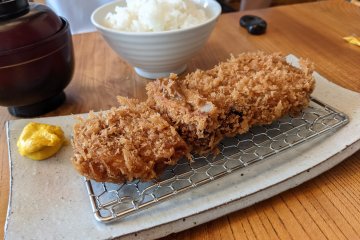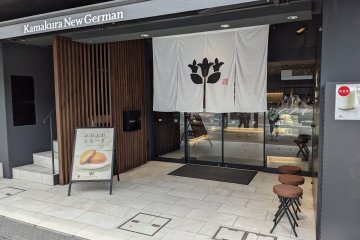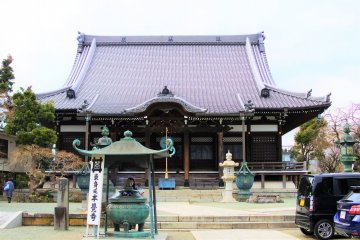Cultura
Kenchoji is Kamakura’s oldest Zen temple and is recognized as the top temple of the city’s Five Great Zen Temples. It was originally founded by regent Hojo Tokiyori in 1253 as a Zen training temple, and its first head priest was a Chinese Zen priest named Rankei Doryu.
One of Kenchoji’s defining characteristics is its expansive temple grounds. After the gates and main area, the complex extends deep into the wooded hills. The temple’s main buildings feature traditional Chinese architecture and are arranged in a line, which is characteristic of Chinese Zen Buddhist temples.
Kenchoji’s entrance is marked by Somon, a relatively small, yet beautiful, wooden gate that leads to the main gate, Sanmon. This massive wooden structure is meant to relieve you of all your attachments. Just past Sanmon and to the right is the temple’s bell tower, and to the left is a revered juniper tree. This 13-meter-tall tree is estimated to be about 760 years old and allegedly sprouted from seeds brought from China during the temple’s construction.
After the gates, the temple buildings stand in a line down the complex. First is Butsuden (Buddha Hall), which enshrines the principal statue of the temple, Jizo Bodhisattva. Directly behind Butsuden is Hatto, the largest wooden temple building in Eastern Japan. When Kenchoji was strictly a training temple, monks would gather in Hatto to listen to priests’ lectures. Inside Hatto is a statue of Senju Kannon and a stunning ceiling painting of a dragon among the clouds. Past Hatto is Hojo; this building was initially the head priest’s residence, but today is popular for its picturesque Zen garden.
Sanmon, the bell tower, Butsuden, and Hatto are all designated as National Important Cultural Properties.
After the main temple grounds, a path goes further into the forested hillside to Hansobo. This small shrine is dedicated to Hansobo Daigongen, the guardian deity of the temple, and has a small observation deck. A little further past the shrine is a second observation deck where you can observe Mount Fuji on clear days. From this point, there is a one-hour hiking trail that leads to Zuisenji Temple.
Kanagawa
A 0.7 km



/139.55607,35.3248574,9/397x132?access_token=pk.eyJ1IjoiamFwYW50cmF2ZWxtYXBzIiwiYSI6ImNqbXBtOXYxbDB5Z3ozbHFrazJuYWMwOGYifQ.v15fy_mcFWtgopmz8PhwqA)




